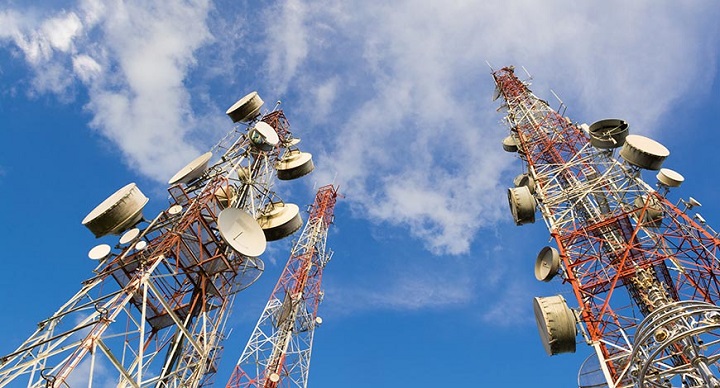The Union Cabinet approved the production-linked incentive scheme for the telecom sector with an outlay of ₹12,195 crores over five years.
The scheme, which aims to make India a global hub for manufacturing telecom equipment, is expected to lead to an incremental production of about ₹2.4 lakh crore, with exports of about ₹2 lakh crore over five years and bring in investments of more than ₹3,000 crores.
“The implementation of PLI scheme in telecom manufacturing will start from April 1, 2021,” said Communications Minister Ravi Shankar Prasad. “Many international players are keen to come to India. We will encourage them and also domestic manufacturers,” he added.
‘Import dependence cut’
The Minister added the scheme was also likely to generate 40,000 direct and indirect employment opportunities and generate tax revenue of ₹17,000 crores from telecom equipment manufacturing, including core transmission equipment, 4G/5G Next Generation Radio Access Network and wireless equipment, access and Customer Premises Equipment (CPE), Internet of Things (IoT) access devices, other wireless equipment and enterprise equipment such as switches and routers.
According to an official release, the core ‘component’ of this scheme is to offset the import of telecom equipment worth more than ₹50,000 crores.
The Minister added that the approval for the scheme followed the success of the PLI-scheme related to mobile and component manufacturing. Under this, ₹34,000 crore investment has been made by some of the top mobile companies, he said, adding that the government planned to bring similar incentives for laptops and tablet manufacturing.
For the inclusion of MSMEs in the scheme, the minimum investment threshold has been kept at ₹10 crores, while for others it is ₹100 crore. For MSMEs, a 1% higher incentive is also proposed in the first three years.
“Once qualified, the investor will be incentivised up to 20 times of minimum investment threshold enabling them to utilise their unused capacity,” the government said.
“With the telecom industry going through a very difficult phase, this move of the government would surely incentivise telecom service providers,” who opt for equipment manufactured locally, thus saving on substantial costs relating to imports.
“While we need to wait and see as to whether there will be many takers for this scheme, surely it appears that these developments are on the right path towards self-sufficiency.” Tony Verghese, partner, J. Sagar Associates.
Prashant Singhal, Emerging markets TMT leader at EY, said the scheme was a ‘fantastic move’ to advance the ‘vocal for local’ agenda, generate employment and embed local manufacturing in the fabric of India. “With the thrust on the right segments and an enabling environment, India is well-positioned to attract global investments and propel itself towards a trillion-dollar digital economy in the next two to three years.”






